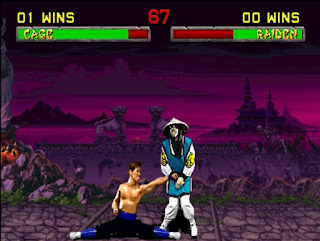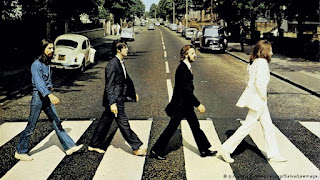Anatomy of a Mixtape - Olive Juice '87 Part VI "Press Record"
"Press Record"
The cassette jacket labeling isn’t the only physical clue we can draw from before studying the actual music.
Removing the tape from its plastic case to examine it more closely, I’m immediately struck by the fact that neither side A, nor side B, have the sticker labels that accompany a blank tape, applied to either side. These labels are critical components to easily identifying a cassette if it ever gets separated from its case. Back in the late 80s, when cruising around town in your Chevy Chevette, the ability to quickly glance down into a disorganized pile of cassette tapes in the passenger-side seat and easily spot the essential soundtrack for your drive down River St. without having to take your eyes off the road for too long, could be the difference between cruising triumphantly with the windows down blaring “Jumping Jack Flash” or side-swiping a tree.
No one simply leaves off the labels. Especially a person who labels the cassette jacket. They had to have been lost. And labels are usually lost after a blank tape has been opened and used. Has this tape been repurposed?
Another interesting, key detail about this cassette I noticed is the protective tab on side A has been popped out. Now, if you’re not familiar with these tabs, blank cassettes have two tabs at the top. Both tabs are in place when you first open a brand new blank cassette and allow the “record” function to work properly in a cassette deck or recorder. If one removes these tabs, nothing can be recorded onto the tape. Essentially, the tabs are a safety feature once you’ve completed your recording. You can pop out the tab for added security to prevent you, or anyone else with fat fingers, from accidentally recording over your creation. And there are two tabs, one for each side.
Keep in mind, this is for blank tapes only. When you purchased Prince’s “Purple Rain” on cassette back in September of ‘84, for example, the tabs were already removed.
The average taper would never consider popping out the tabs, and most people probably weren’t even aware of their purpose. And even those that did know, were often afraid that if the tabs were removed, they’d never be able to record on the tape again. Well, let me tell you, while it’s unlikely you’re ever going to be in a situation in the 21st century where you need to record onto a cassette that has the tabs popped out, if you happen to find yourself there, you can put a little piece of scotch tape over the popped out tab and boom, you’re back in business when it comes to recording. And you know what? You can even put a piece of scotch tape over the missing tabs on the “Purple Rain” cassette and record over that...but that would be sacrilegious. And I don’t recommend it, because there is very little that you could put on that tape that would be better than Prince’s “Purple Rain.”
In this case, seeing the protective tab for side A popped out tells me that, not only is side A final and complete, but Olive Juice is so sure about what he needs to convey through the songs he has chosen on side A, that he’s taken the careful step of removing the protective tab to make sure that no one fucks it up. An advanced tape-maker move for sure.
BUT, the tab for side B? Not popped out.
What’s the deal?
Was this an oversight? Was side B never completed?
I mean, it does only contain half the number of songs as side A according to the written out tracklist on the J Card.
This brings up another important question — was this tape ever truly finished?




Comments
Post a Comment